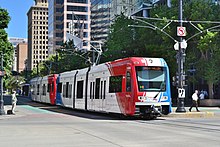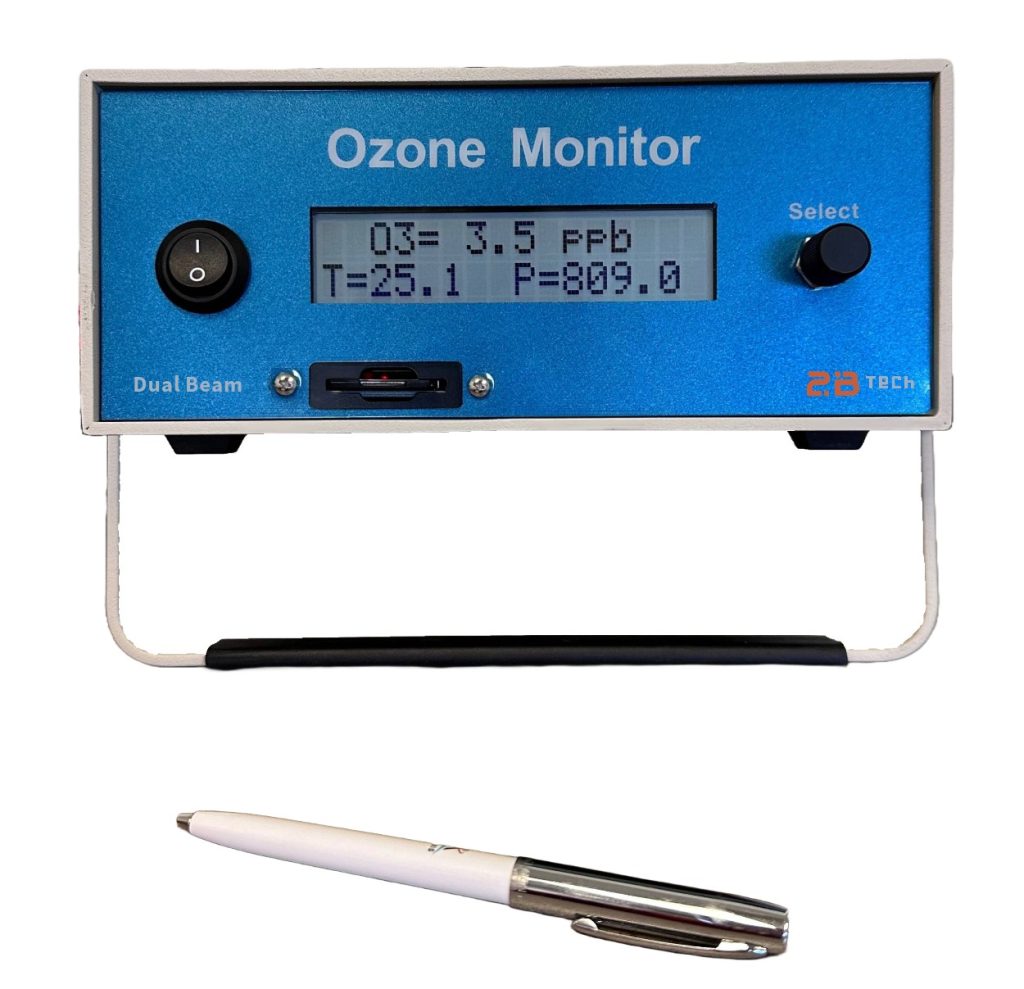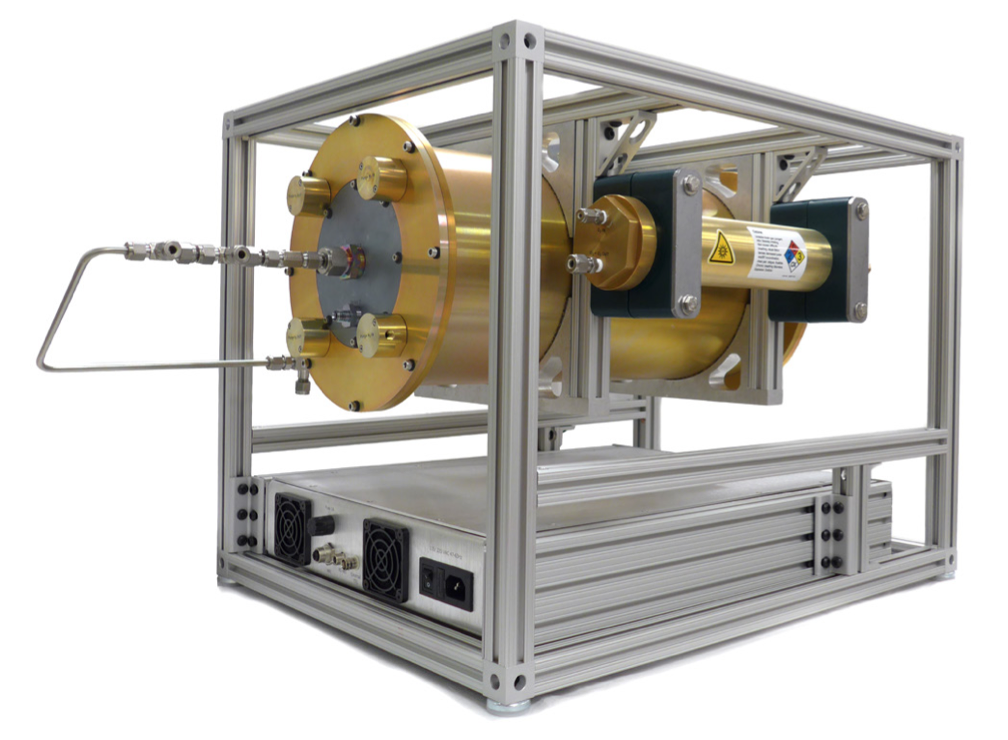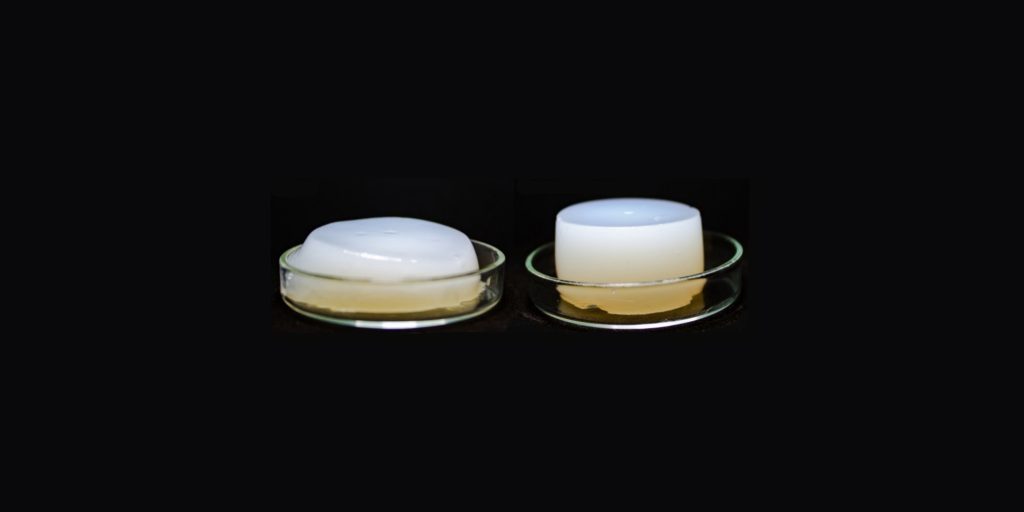The University of Utah and the Utah Transit Authority Partner to Measure Greenhouse Gases and Other Pollutants Using Light Rail Cars
Air Pollution Instruments Installed on TRAX Cars

The Problem: Different forms of air pollution and greenhouse gases in the atmosphere can have an impact on the quality of life we enjoy each day. These species play vital roles in the current issues with our climate and affect the ecosystem. Poor urban air quality in particular has impacts on human health and has consequences for the economy and the environment. Summertime ozone concentrations can be unusually high in the Salt Lake Valley. This can be caused by stagnant air or from events such as wildfires and lake breezes.
Current air pollution monitoring and exposure assessment techniques fail to capture the spatial variability that can occur in air quality, especially near roadways.
The Solution: The University of Utah and the Utah Transit Authority decided to mount air pollution monitoring equipment on public transit light-rail train cars (TRAX) to observe temporal and spatial variability of carbon dioxide (CO2), methane (CH4), ozone (O3), fine particulate matter (PM2.5), and nitrogen dioxide (NO2).
Their research was conducted from December 2014 – April 2017. For ozone, they focused on the Summer of 2015 as part of the Great Salt Lake Ozone Study. Ozone readings from the TRAX cars (made using the Model 205 Dual Beam Ozone Monitor) were compared with other measurements in the larger study.

Results: Average O3 concentrations measured on the TRAX cars were 5 – 10 ppb lower in urban areas compared to the foothills in the Salt Lake Valley. This pattern was especially evident in the morning and evening hours along the urban corridor. Though the result may seem counterintuitive, it arises because nitrogen oxides (NOx) emitted from vehicles prevalent in the urban corridor react with O3 in the atmosphere. High density traffic routes showed the sharpest reduction in O3 values. This trend was especially true around freeways. The research concluded that there is great variability in ozone concentrations depending on proximity to roadways.
Click here to access the full research paper:

Ozone Concentrations along TRAX Routes Mapped on Google Earth
The 2B Tech Instrument’s Role: The O3 measurements on the TRAX trains were made by the Model 205 Dual Beam Ozone Monitor. The portability, quick response time, and high accuracy of the Model 205 enabled the researchers to obtain ozone measurements with high spatial resolution and provided reliable information about differing ozone concentrations along the entire rail line throughout the Salt Lake Valley. If public transit continues to be used to monitor air pollution, the Model 205 will fill a vital role in providing ozone exposure assessments for the public.
The Model 205 Dual Beam Ozone Monitor
The Bottom Line: The Model 205 is the ideal instrument for you if your application requires Federal Equivalent Method (FEM) measurements in a portable package. The instrument offers highly accurate and precise ozone measurements in a package that is easily deployable for a wide variety of applications. The Model 205 is provided with a SD card that allows for nearly unlimited data storage. The instrument can also be upgraded to include a GPS and external battery for field measurements requiring geographic location along with ozone data. Whether your project involves remote monitoring in a forest, in the Arctic Ocean, or on a plane, the Model 205 will meet the challenge. Please reach out to 2B Technologies to discuss using the Model 205 for your application.





